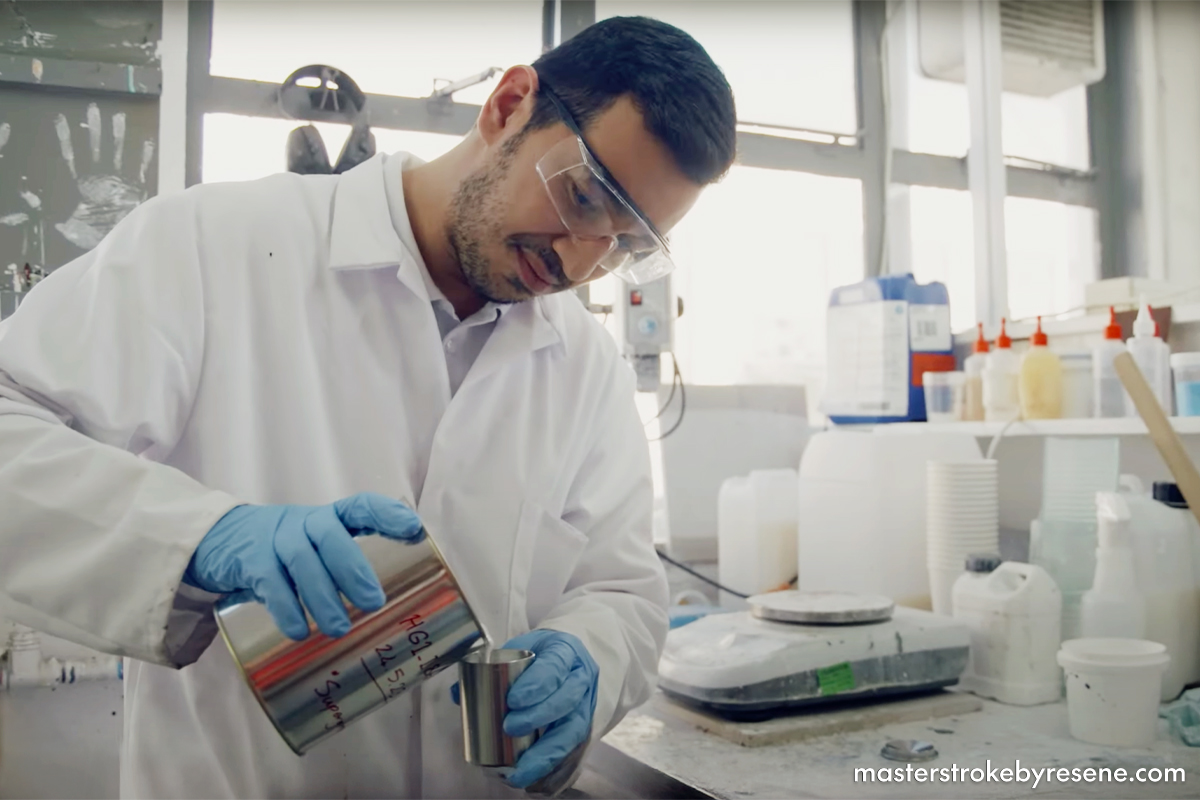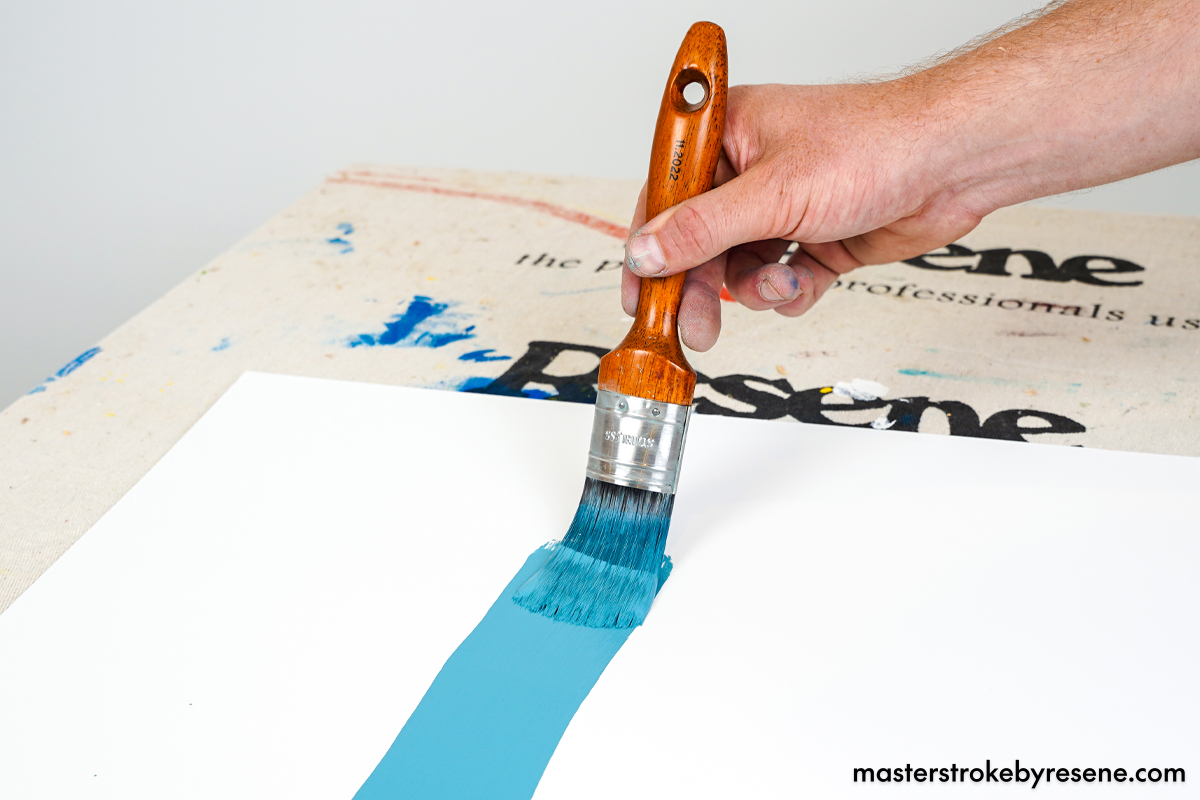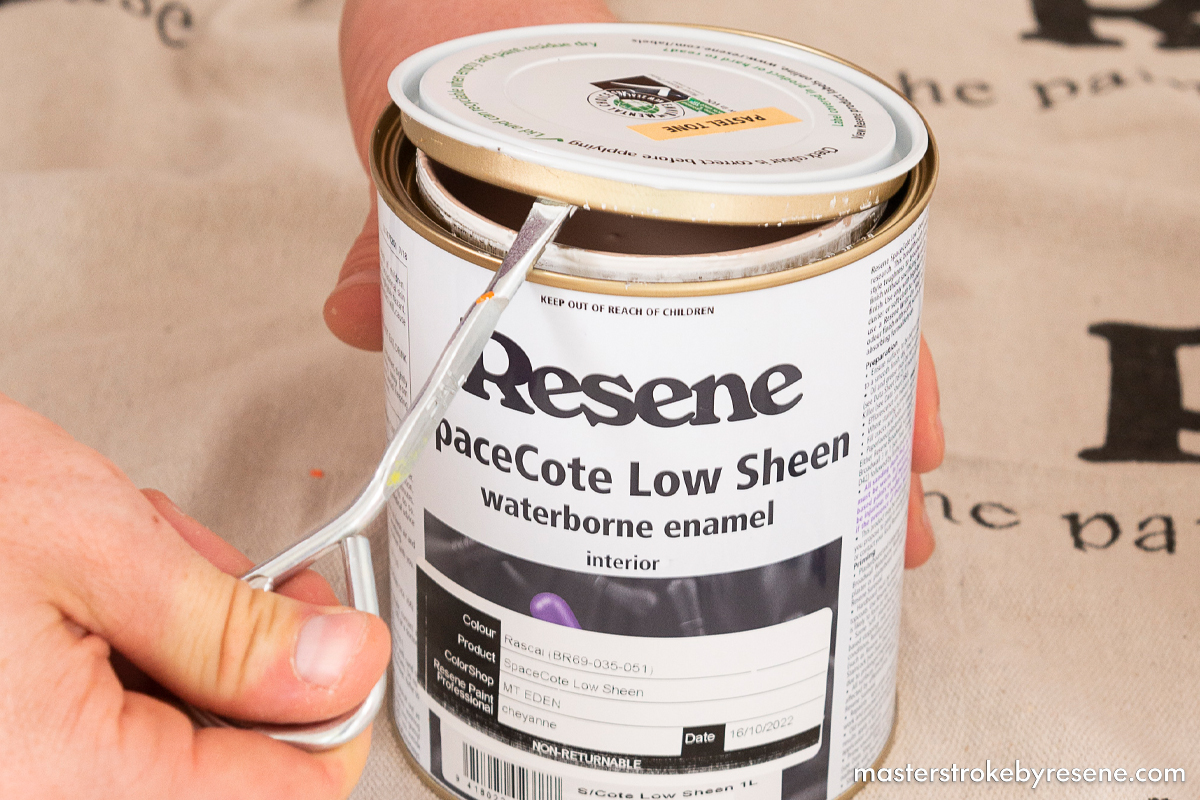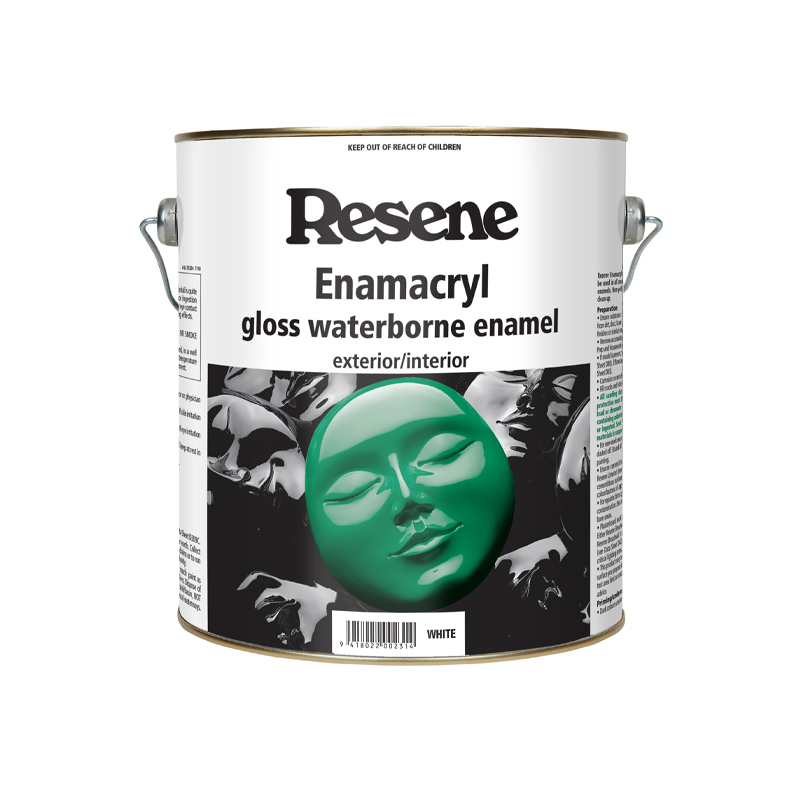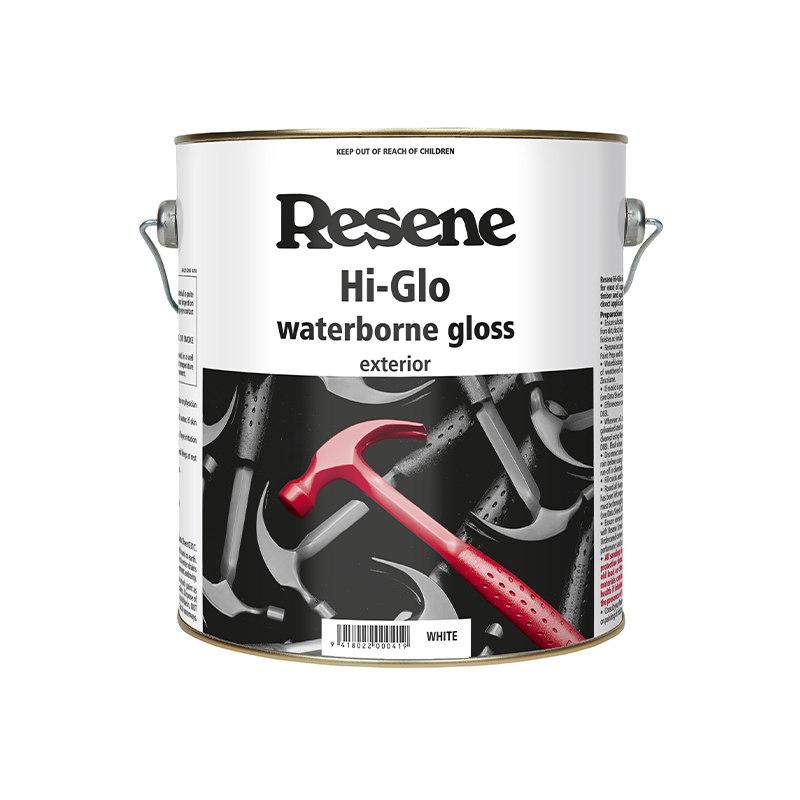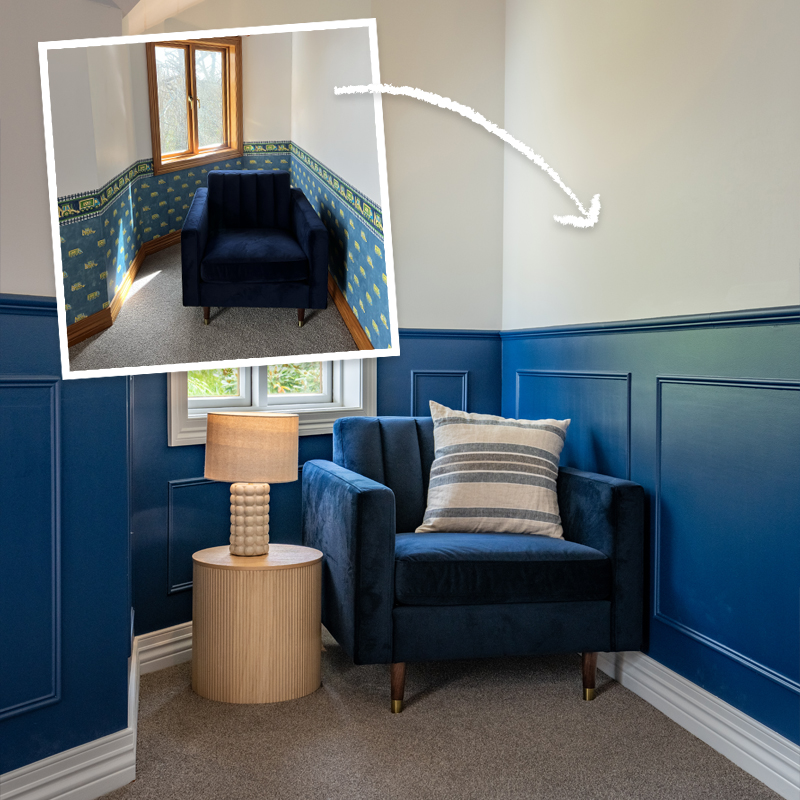The many different departments at the Resene production facility in Naenae are always bursting with activity, especially the busy laboratory. Clever scientists like Hamid are responsible for not only formulating the paint, but testing every batch to ensure that what goes out the door is always of the finest quality. One of the key parts of the process is to test the paint density, which Hamid does with his handy tool – the pycnometer.
How is paint density tested?
In basic terms, density is defined as the mass of a unit volume of a material at a specified temperature. So to ascertain the density of paint, Hamid uses his pycnometer to measure the paint weight per litre. The cylindrical cup (which can hold 100ml of paint) is first weighed, then filled with paint and weighed again – after removing the extra loaded paint which is expelled through a small hole in the lid.
The difference in kilogram weight multiplied by 10 gives the all important measurement here: WPL (weight per litre). WPL is an important verification test and can indicate batch quality. If the WPL does not fall within the specifications, then there’s a good chance there may be an error in the batch.
How do we measure paint thickness?
Paint thickness is measured in microns (μm) – a seriously small measurement scale! Also called micrometres, they are used in measuring small particle sizes, thin materials such as paint coatings or even plastic sheet thickness. A micron is one-millionth of a metre, or easier to comprehend, 1/1000 of a millimetre. For context, the diameter of a single human hair is 20-40 μm, a spider web silk thread is 2-3 μm and a human red blood cell 5-10 μm.
A mere 50-100 μm of paint is expected to give protection against rust and the elements to our most prized possessions, such as our homes and cars.
Paint comes in a huge variety of types ranging from the early Resene Stipplecote, which was based on cement, to the latest waterborne enamel paints such as Resene Enamacryl.
A normal coat of Resene Hi-Glo applied at 12 square metres per litre will give a dry film build of 35 μm thick. If you had a 1mm crack in a concrete wall, it would take about 28 coats to bridge the gap!


